The United States will commit more than $800 million a year to financing climate adaptation efforts in developing countries, Secretary of State John Kerry announced on Wednesday. Kerry, speaking at the United Nations conference on climate change in Paris, also said the U.S. will join a coalition pushing for the most ambitious agreement.
Wednesday’s announcement represents a doubling of last year’s U.S. commitment to fund adaptation efforts and comes as negotiators in Paris continue to wrangle over how an agreement should deal with finance. Developed countries pledged in 2009 to send $100 billion annually to developing countries to support their climate change initiatives, but the details about how such a large figure would be achieved have remained unclear. The U.S. move was intended to provide some assurance for developing countries that such a figure would be reached.
“The U.S. not only recognizes our role in creating this problem but doing something about it,” said Kerry, reiterating a statement made by President Obama last week. “The situation demands and this moment demands that we do not leave Paris without an ambitious…and durable agreement.”
Read More: What to Know About the Paris Climate Change Conference
The U.S. had previously committed $3 billion to a United Nations fund to finance climate efforts in the developing world (a down payment of sorts showing commitment to future funding), though Republicans in Congress have vowed to block the money. The new commitment specifically funds efforts by developing countries to adapt their infrastructure, agriculture and health services to a warming climate—areas that countries often find more difficult to finance than programs that support renewable energy efforts. (Supporting adaptation tends to be costly—think higher sea walls and tougher bridges—while investing in renewable energy can be profitable).
Finance has been key sticking point as developing countries demand assurances that they will receive support from their developed counterparts when it comes to addressing climate change. Research from the Organization for Economic Co-operation and Development (OECD) suggests that climate financing increased by $10 billion in 2014 to $62 billion. That’s a significant jump but far short of the $100 billion promise. Negotiators from developing countries want to know that money will actually flow their way, and in a manner they can easily access, before signing off a deal.
Kerry also formally announced that the U.S. would join a “high ambition” coalition at the negotiations that includes the European Union and other countries. That group will push for an ambitious, lower ceiling for temperature rise, a strong mechanism of ensuring transparency in what countries pledge to do about climate change and a system by which countries improve upon their commitments every five years. Notably absent from the group are India and China, who fear that an overly ambitious deal might stymie their economic growth. “We didn’t come to Paris to build a ceiling,” Kerry said in his announcement. “We came to build a floor.”
The speech, which comes as the Paris climate talks enter their final and most critical days, drew immediate praise from observers who say the address will provide momentum on key issues, particularly finance. French Foreign Minister Laurent Fabius, who is overseeing proceedings, cited the issue as one of three remaining areas of contention in remarks on Wednesday shortly after Kerry’s speech.
Read More: How the U.S. Became an Unlikely Hero at the Paris Climate Summit
Kerry said in his speech that he remained optimistic that this conference, formally known as the 21st Conference of the Parties (COP 21) would put the world on a pathway to dealing with climate change.
“We are seeing momentum for an agreement that has never existed,” he said. “This COP may be the best course we have to correct the course of our planet.”
Philippines: Ground Zero for Climate Disaster
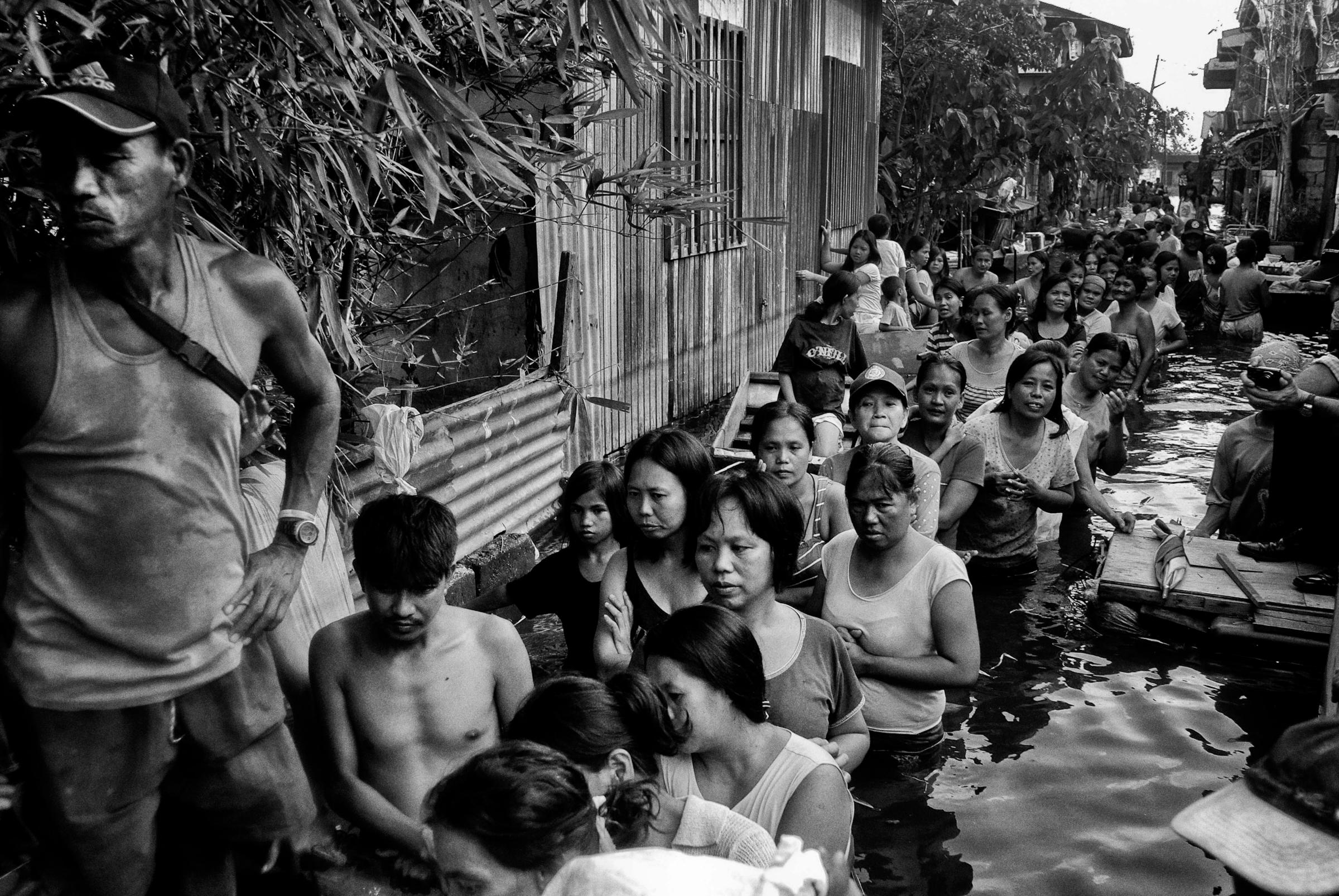

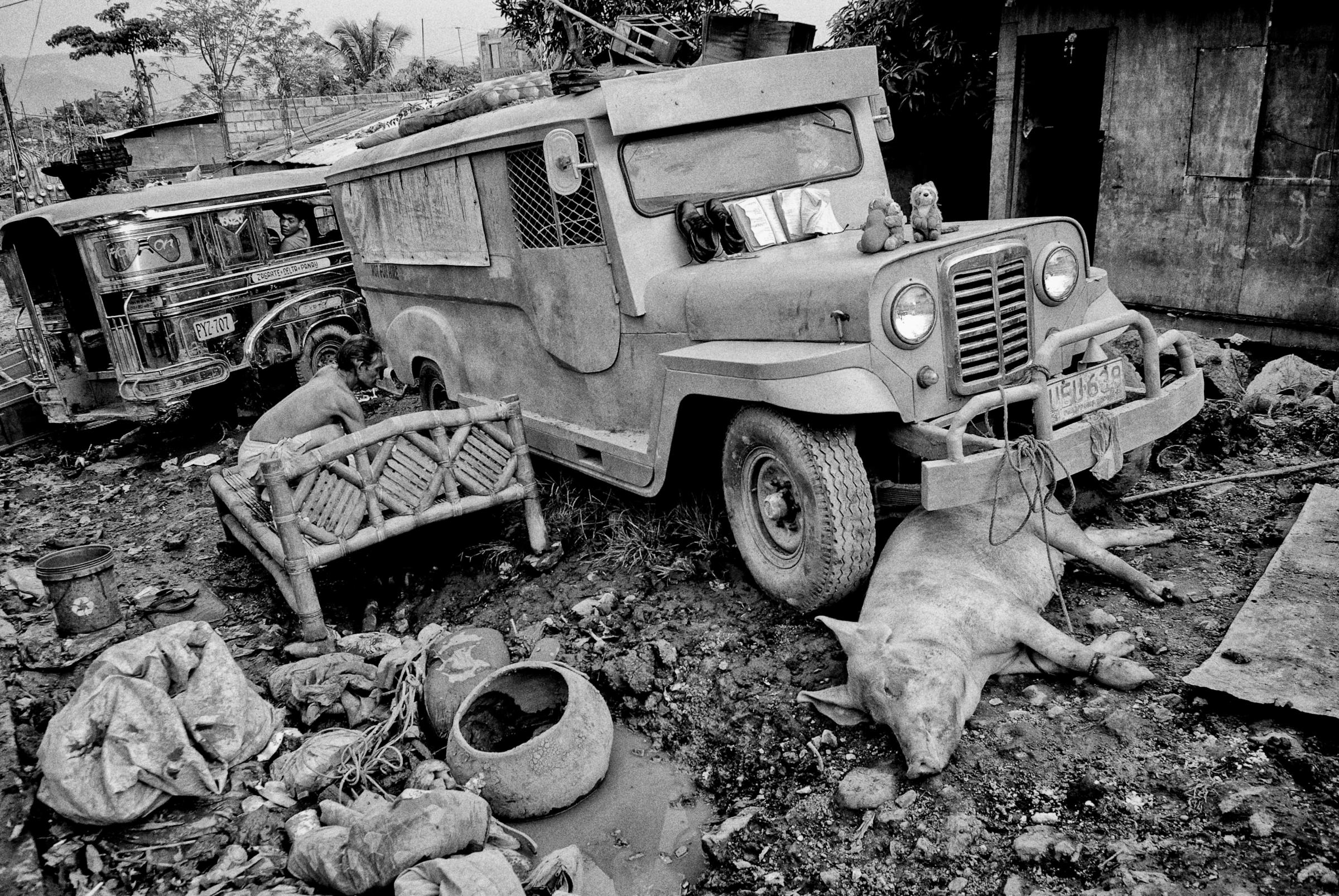
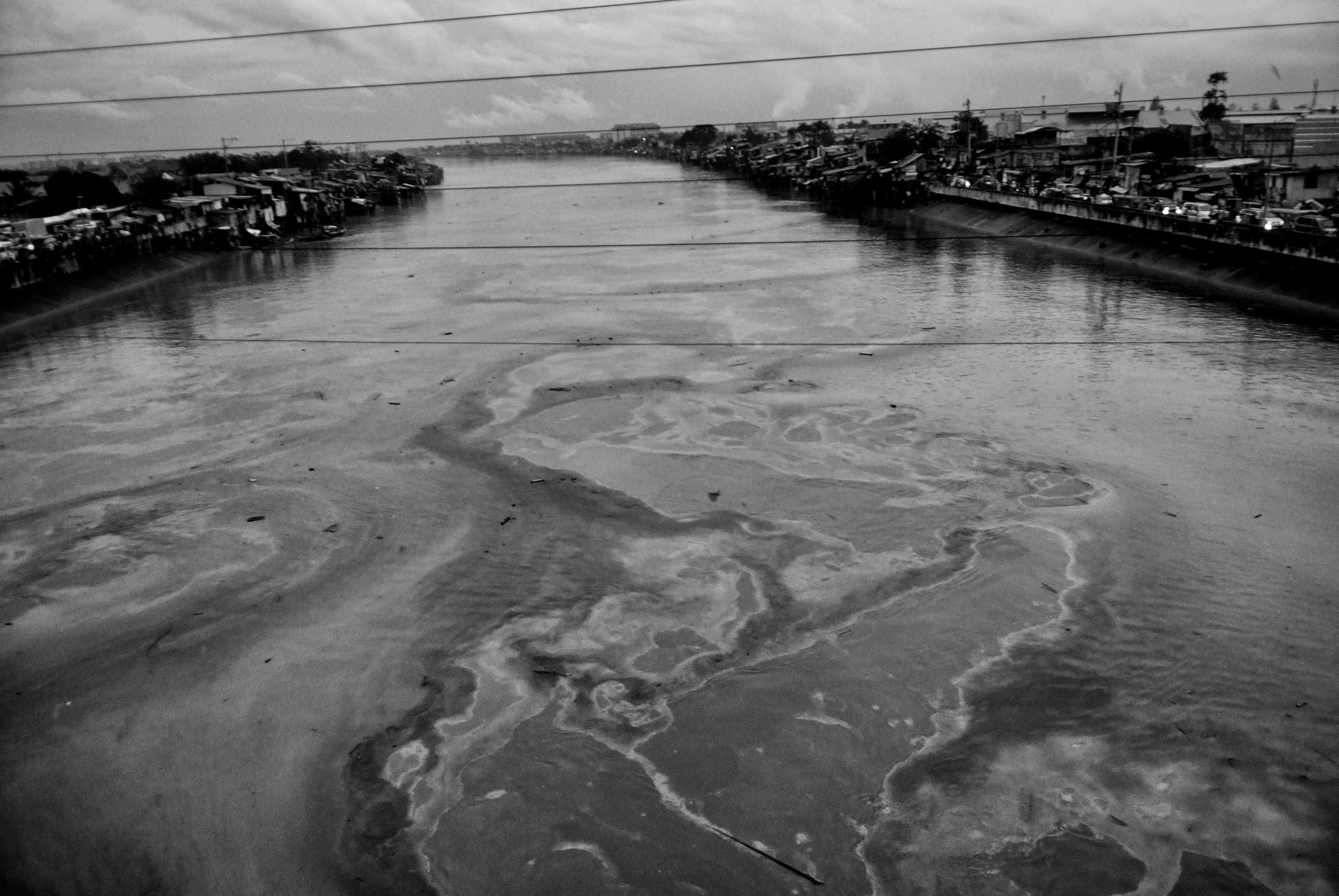

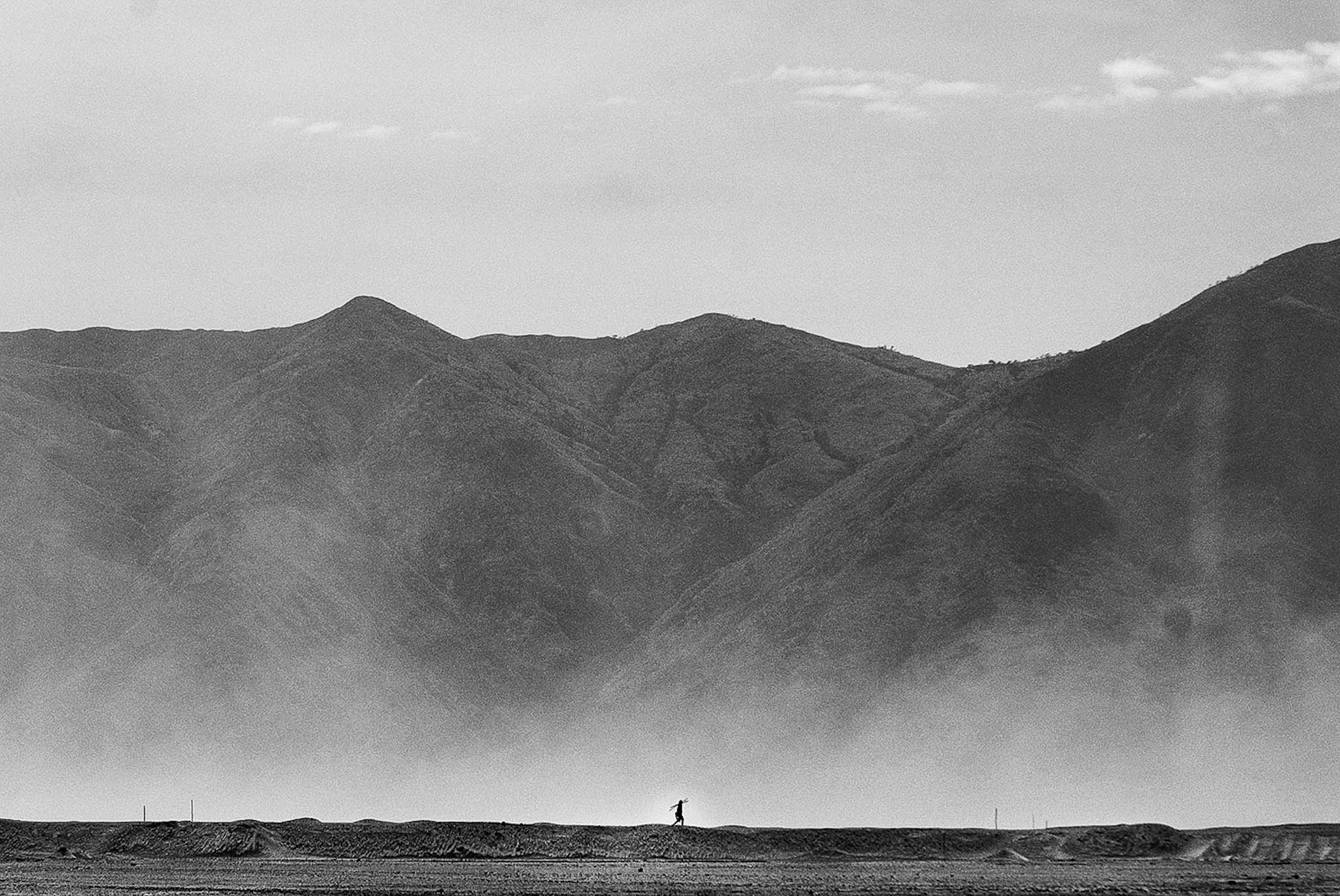




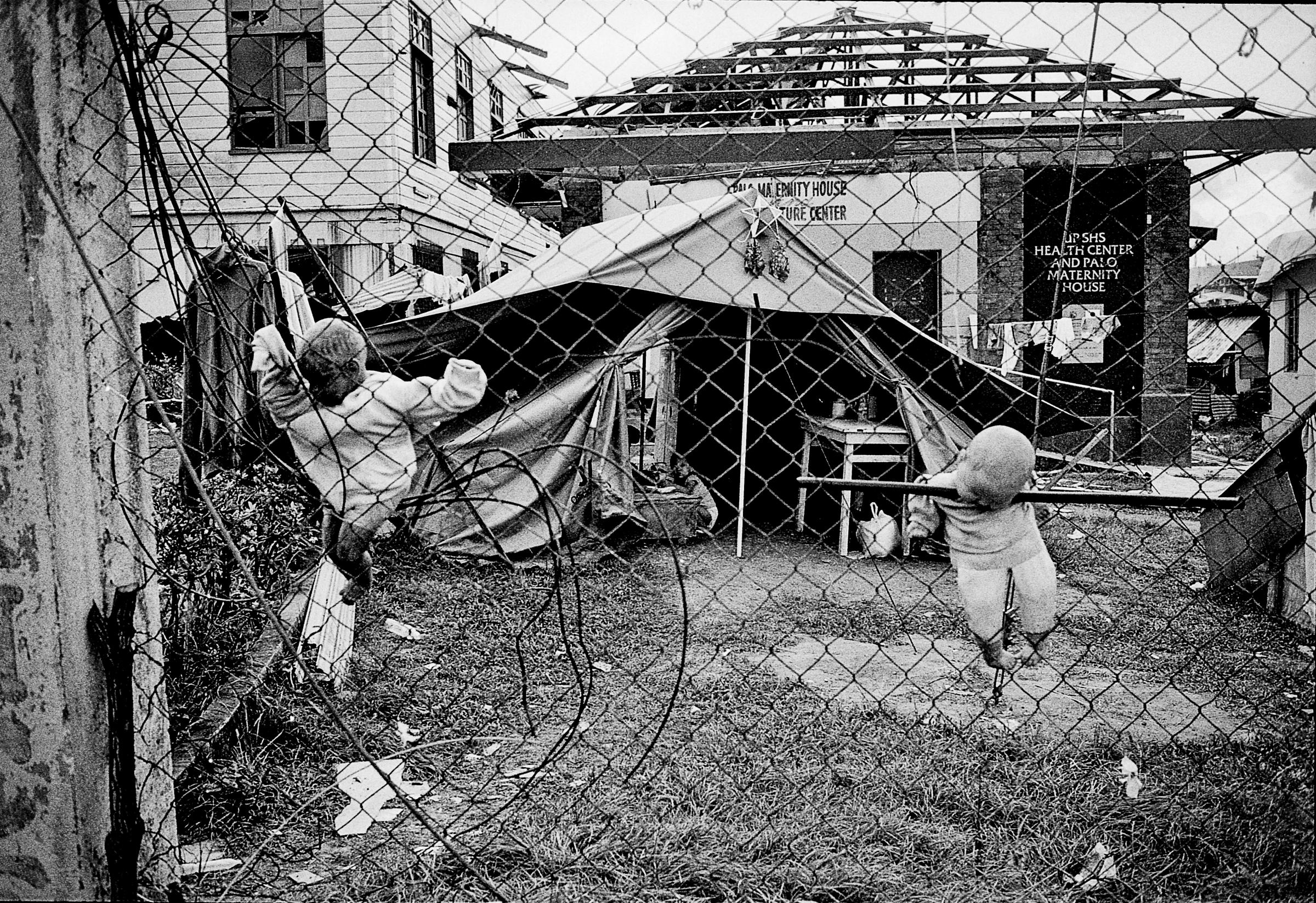
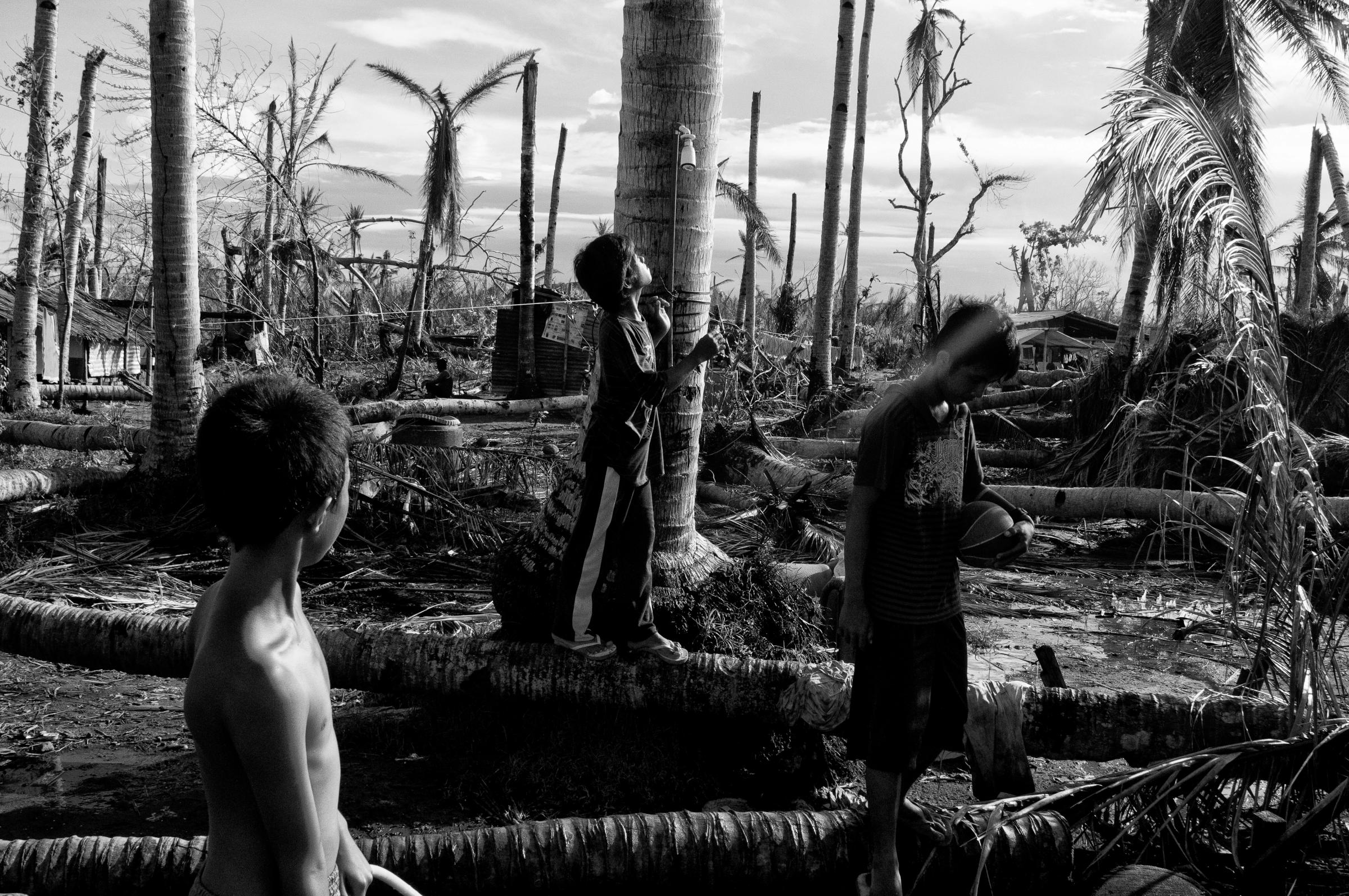



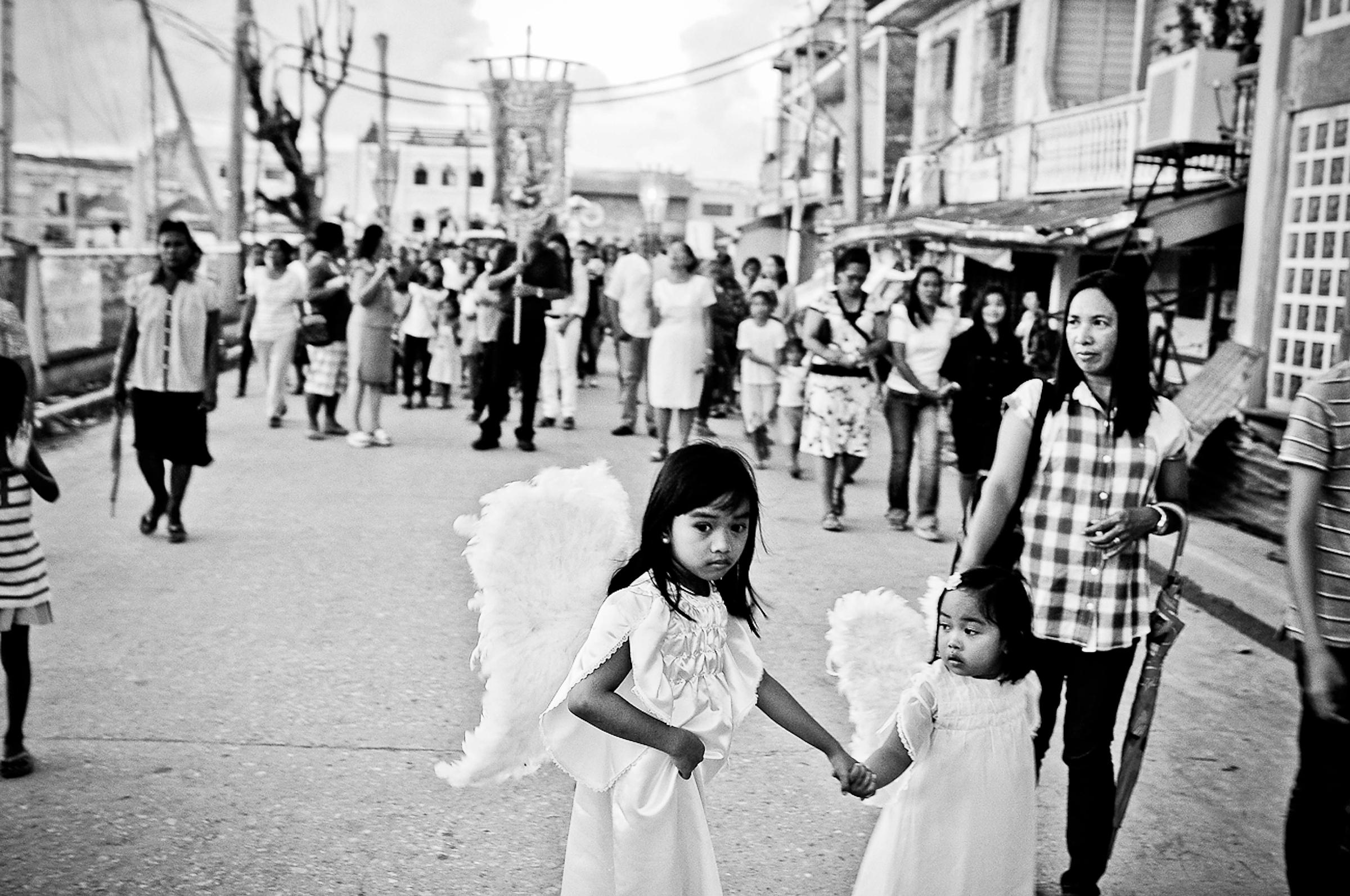

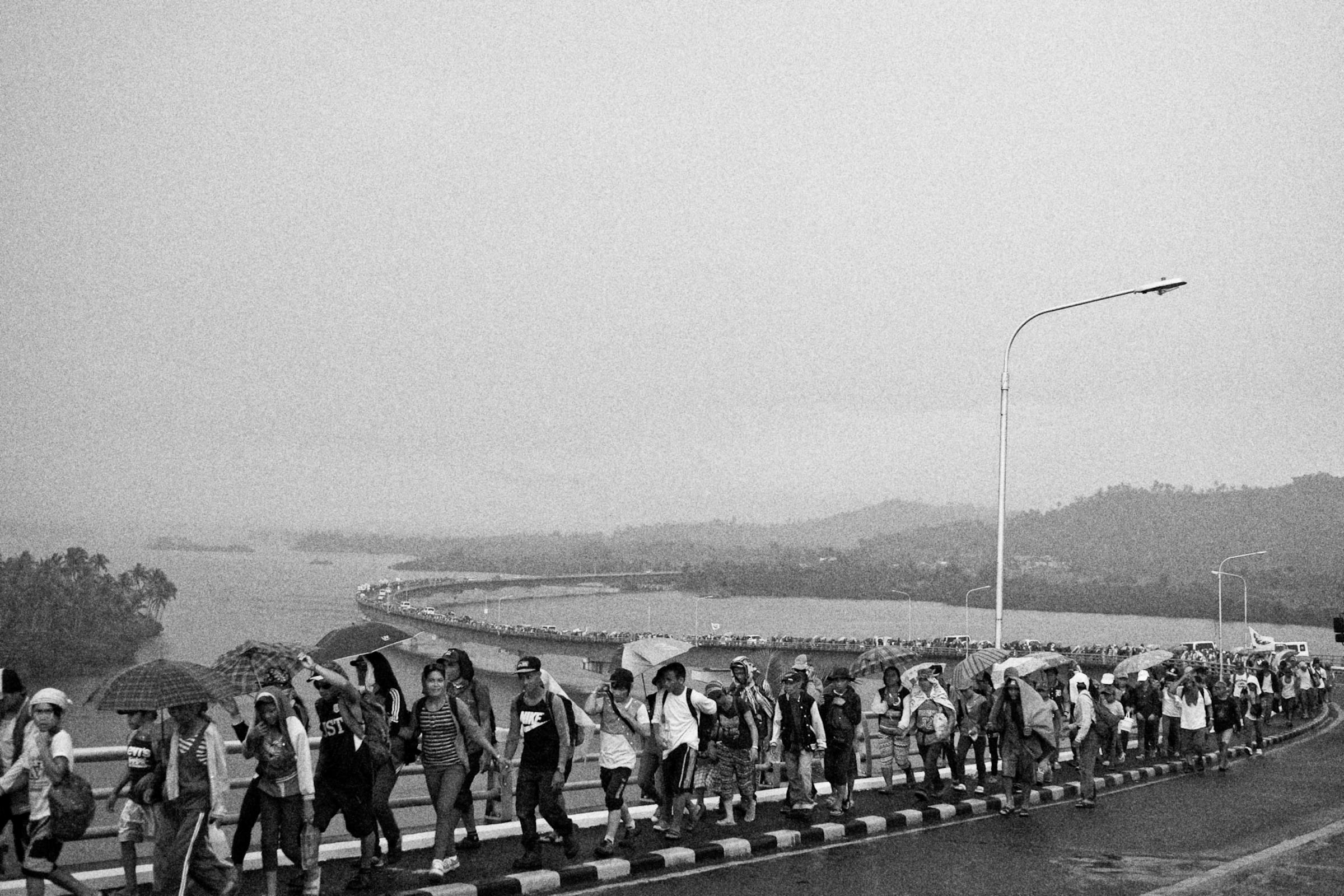

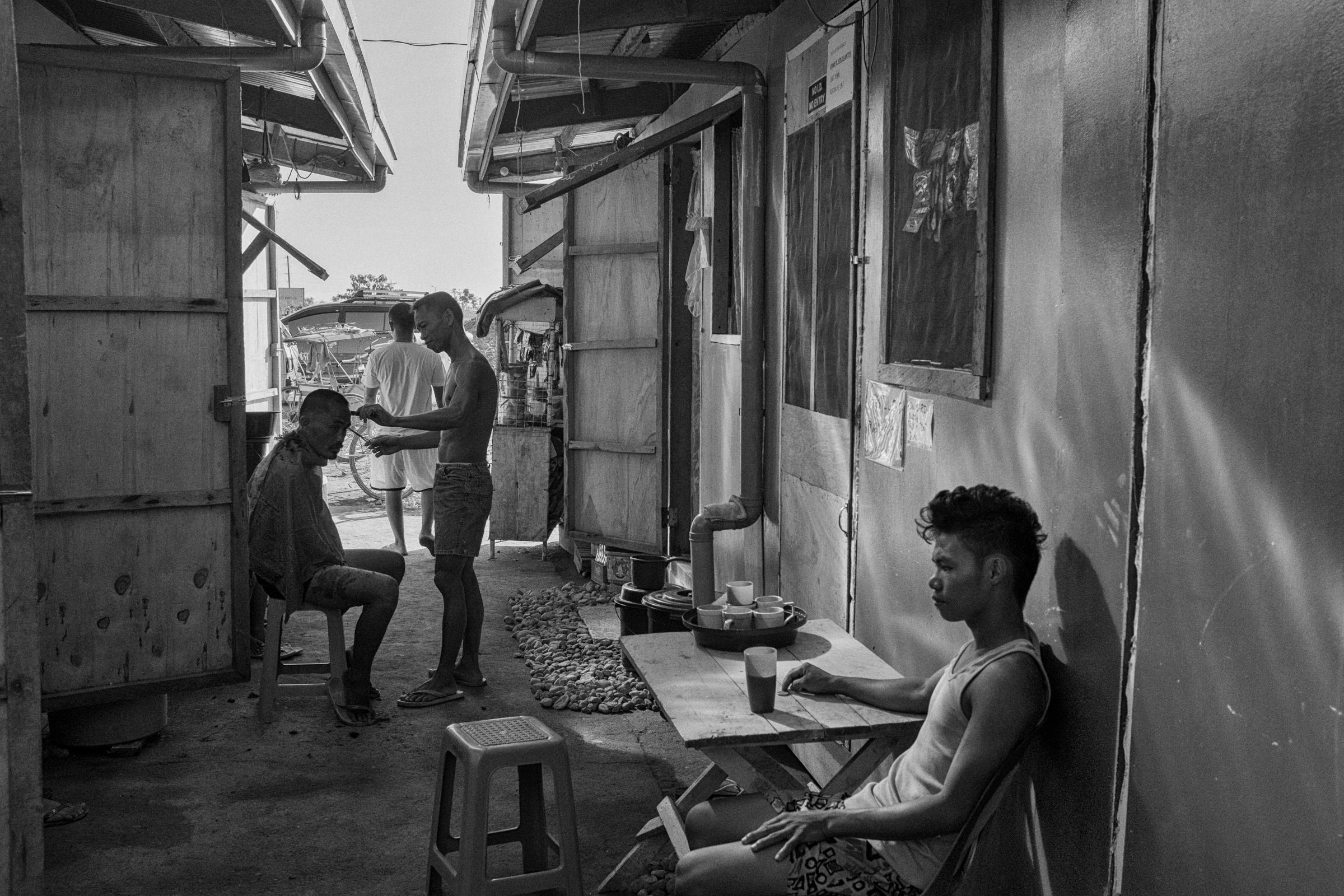
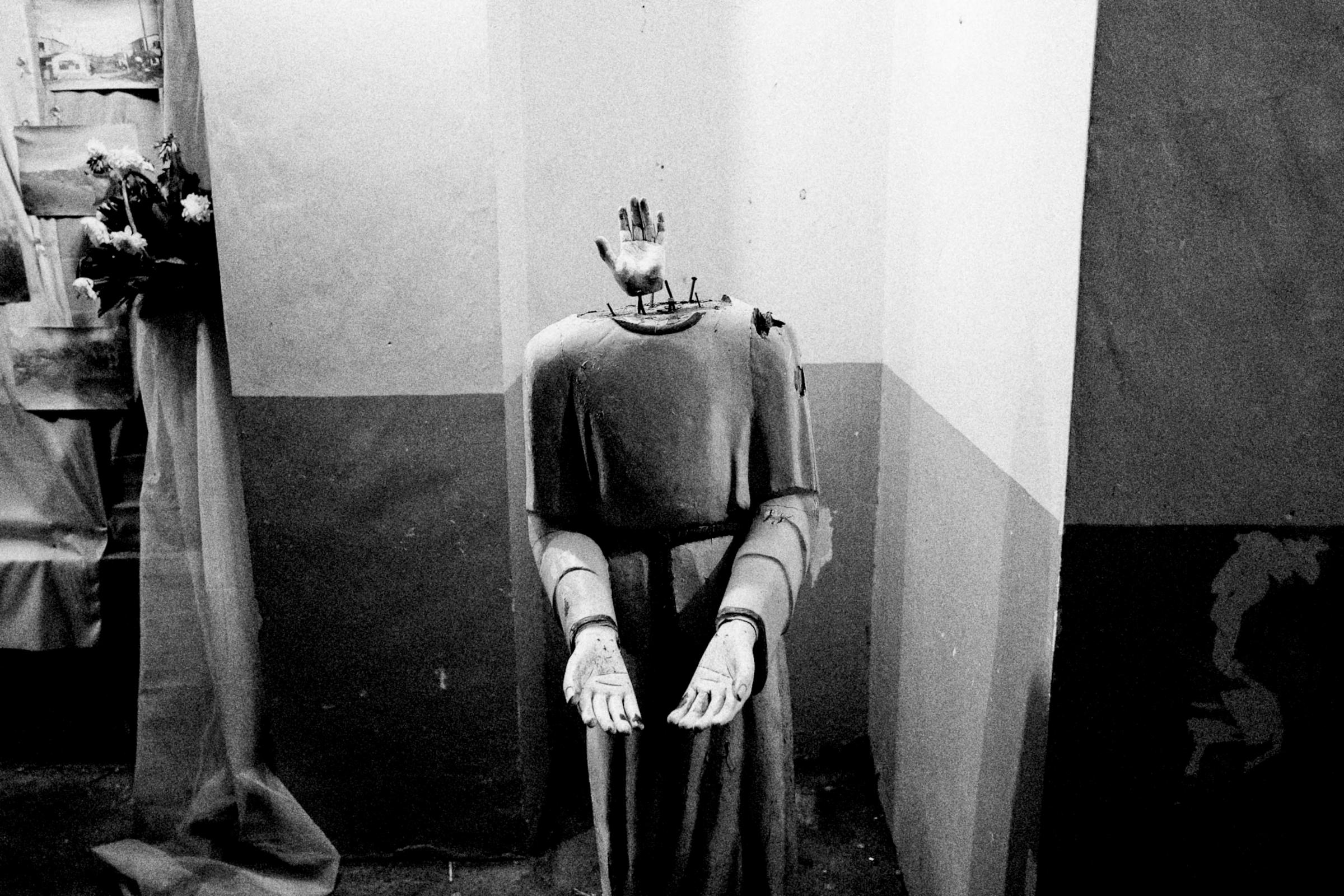
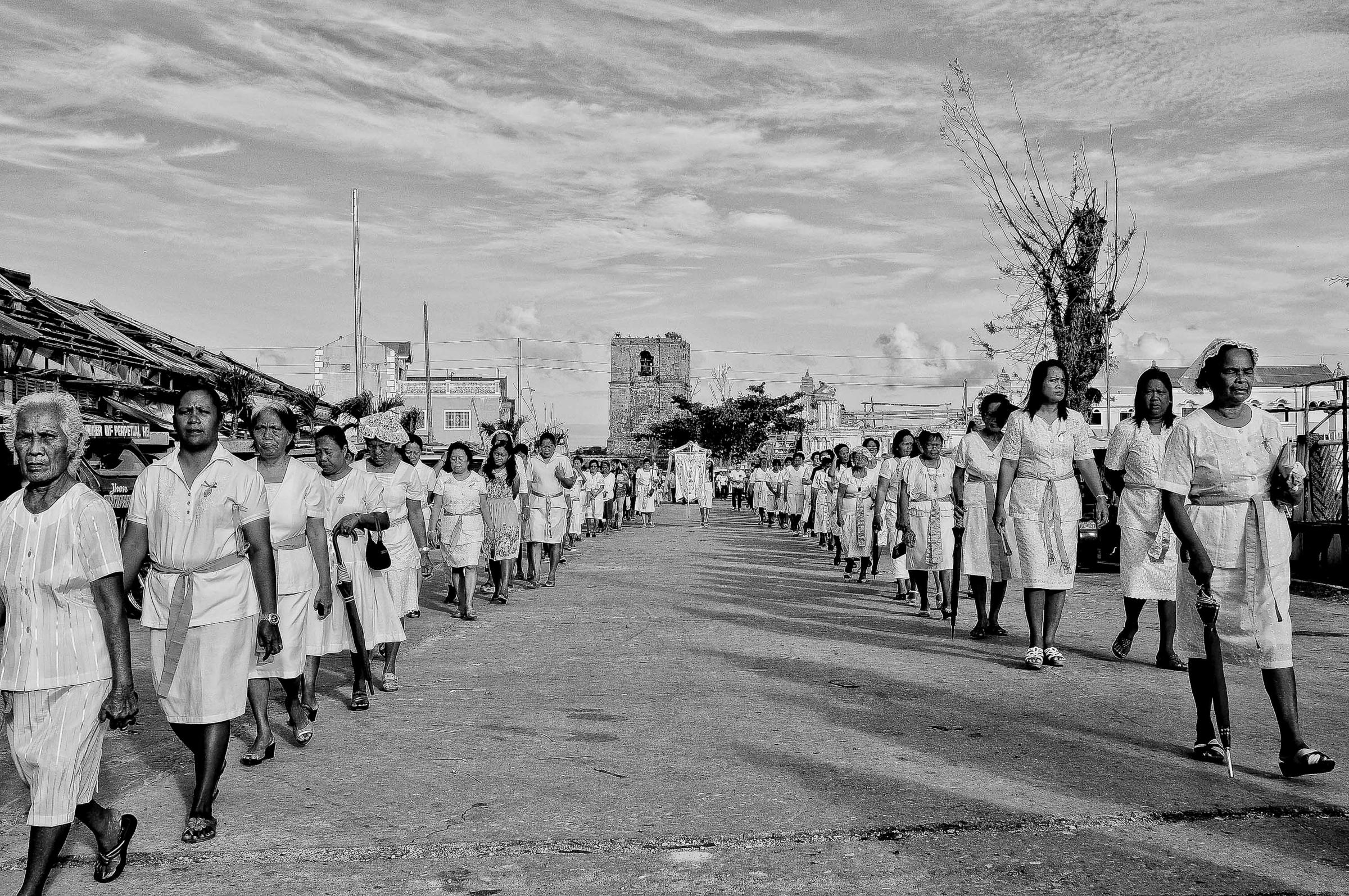


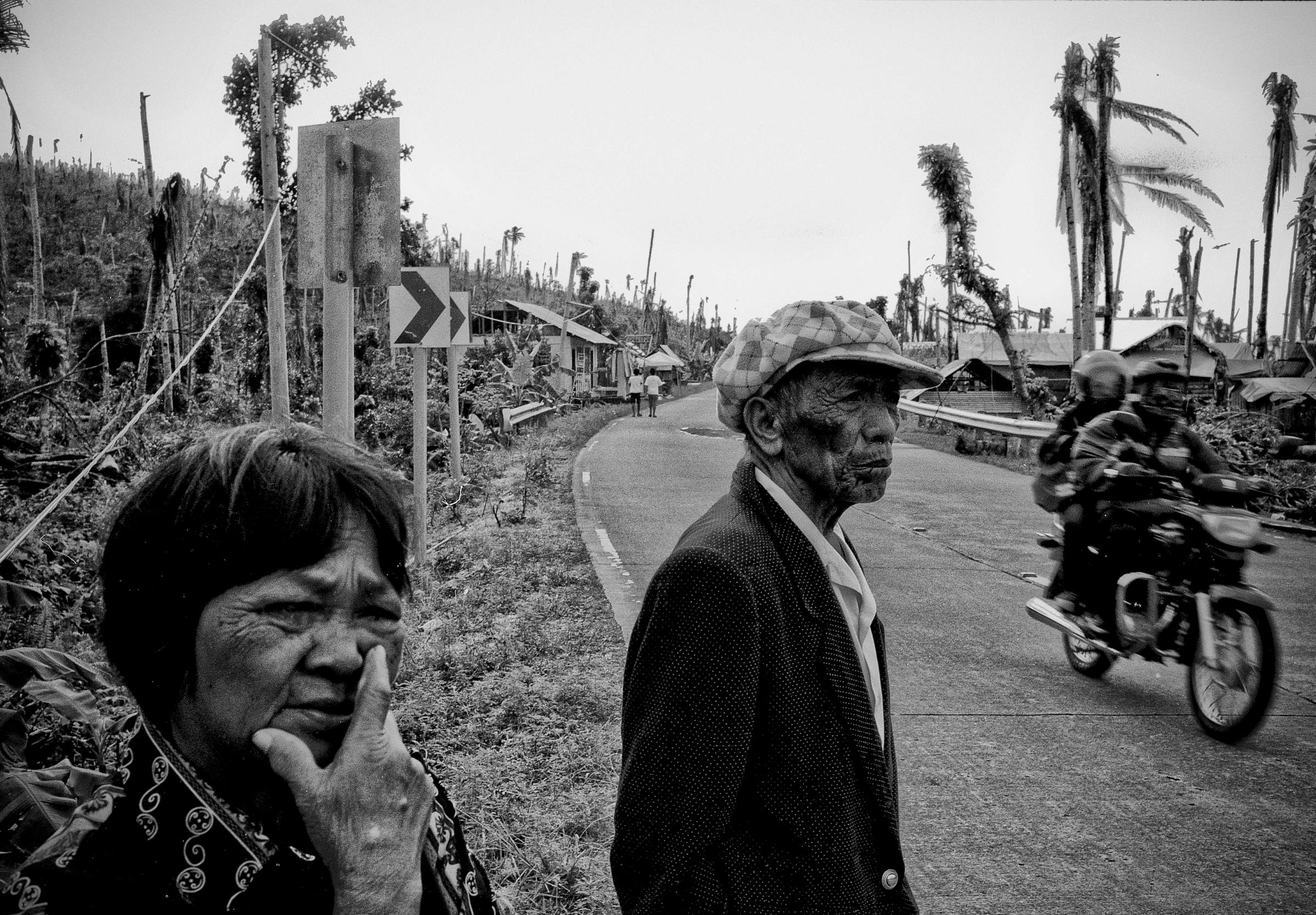
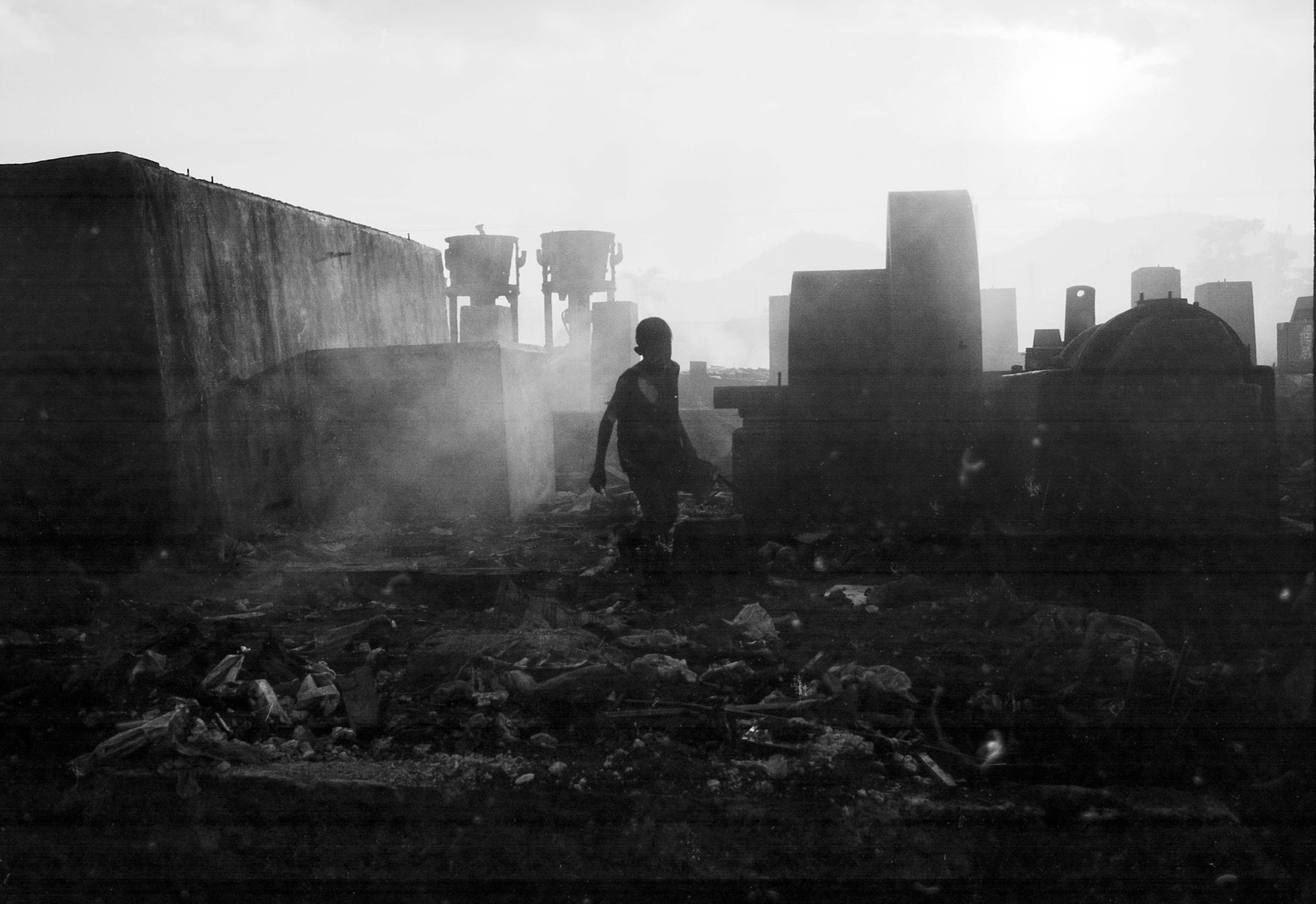
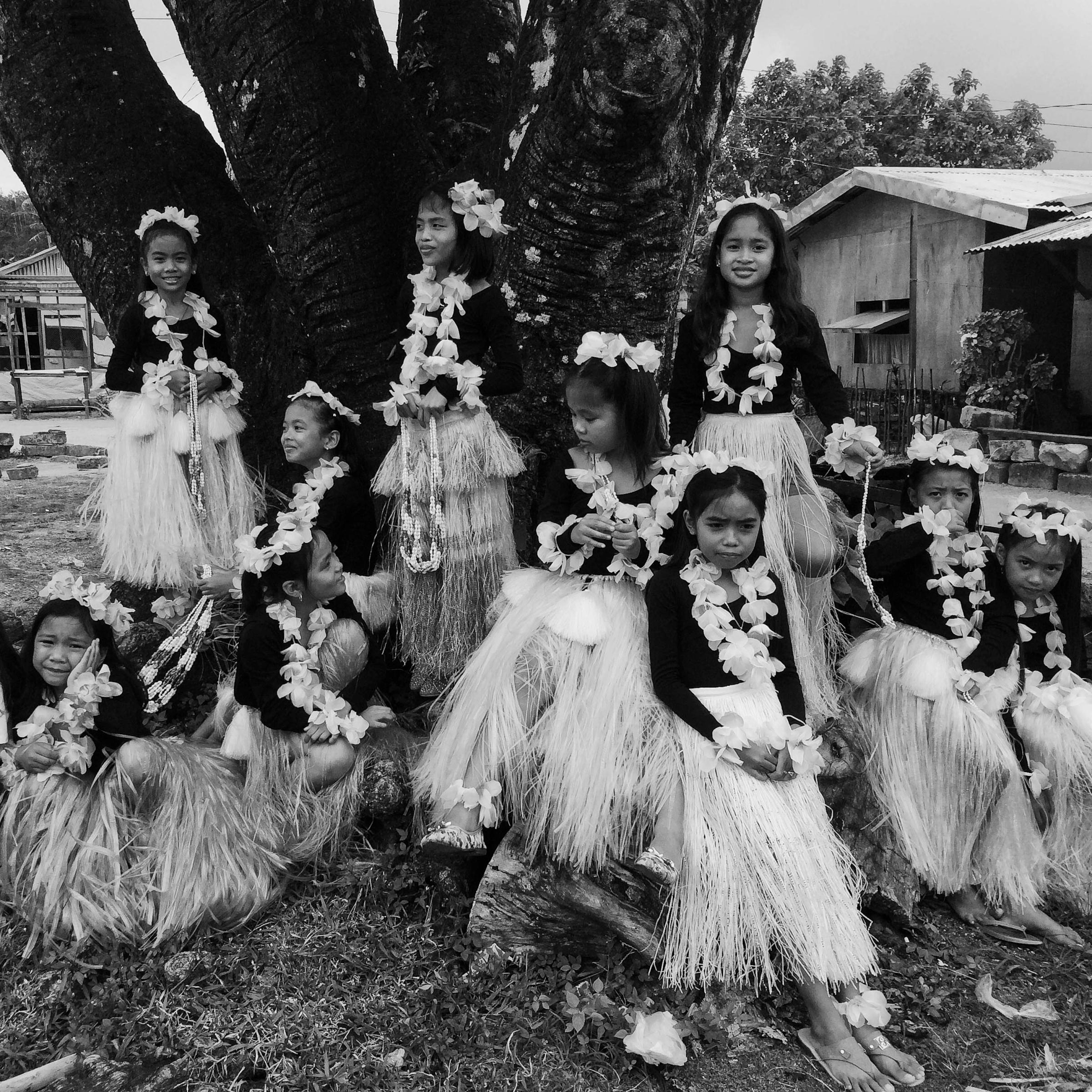

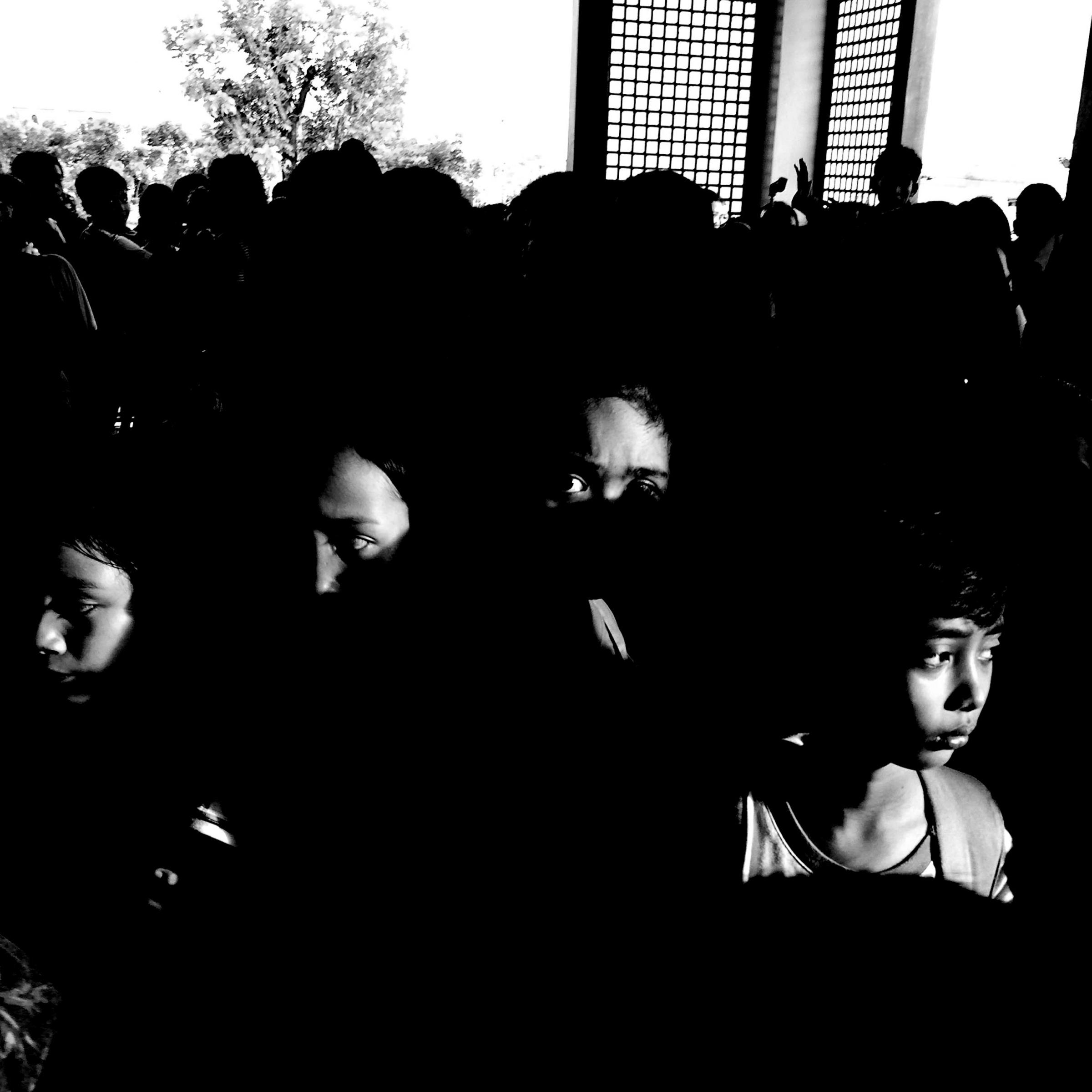
More Must-Reads from TIME
- Why Trump’s Message Worked on Latino Men
- What Trump’s Win Could Mean for Housing
- The 100 Must-Read Books of 2024
- Sleep Doctors Share the 1 Tip That’s Changed Their Lives
- Column: Let’s Bring Back Romance
- What It’s Like to Have Long COVID As a Kid
- FX’s Say Nothing Is the Must-Watch Political Thriller of 2024
- Merle Bombardieri Is Helping People Make the Baby Decision
Write to Justin Worland / Paris at justin.worland@time.com